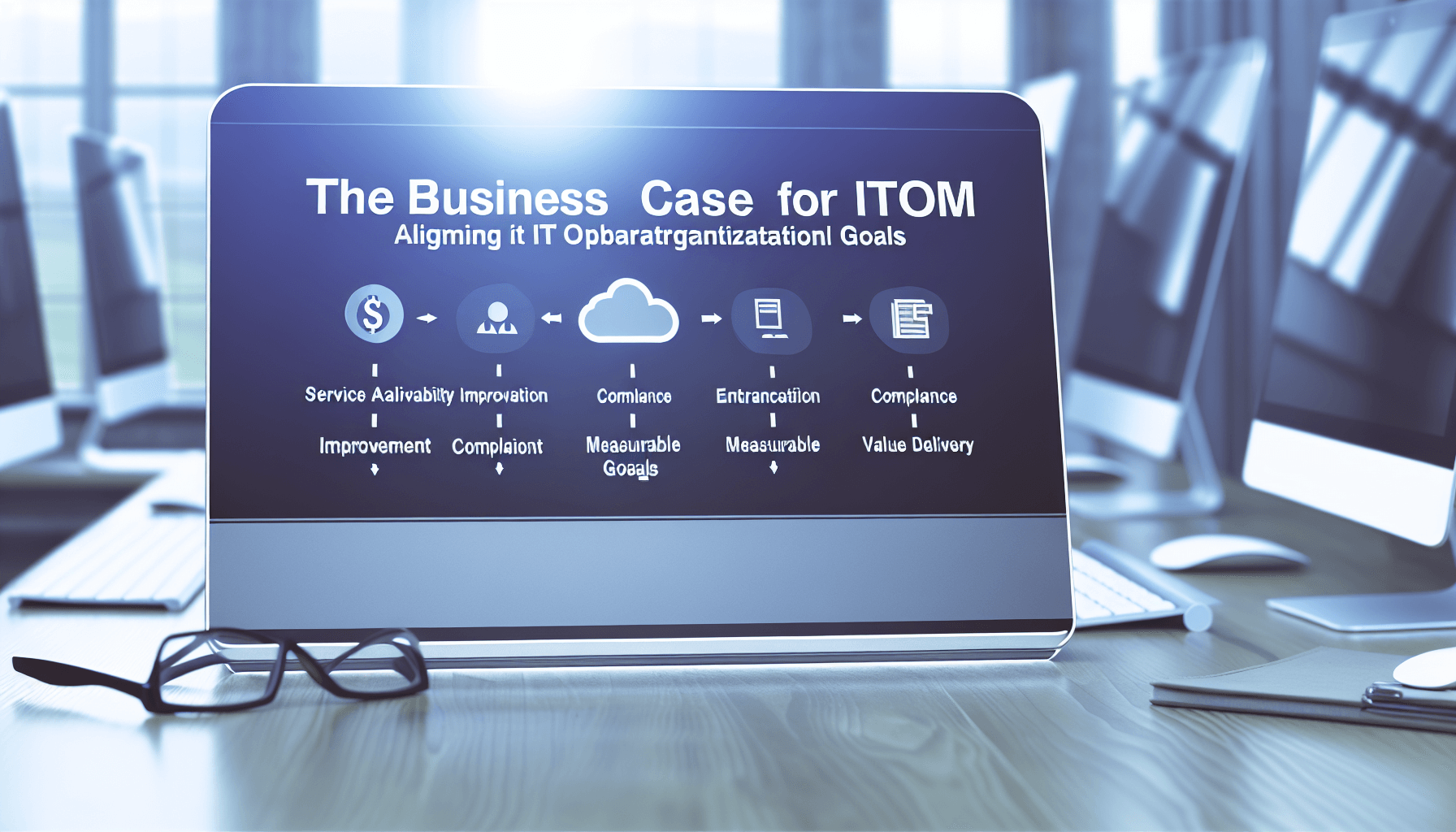Stakeholders: 5 tips to manage their participation in the ITIL project

The implementation of ITIL-based IT service management requires the effective coordination of many elements to ensure successful implementation. However, when approaching ITSM, many organizations tend to usually focus only on certain factors they consider relevant, such as the use of appropriate technology or the establishment of efficient processes. As a result, the importance of the human component, i.e. the stakeholders, is often subtracted.
This element represents a vital element in achieving the success of any project of your company. Learn more about its value to the business and learn some strategies to manage them efficiently with the following article.
What exactly do we mean by Stakeholders?
Stakeholders is a term commonly used in the ITIL world and refers to all those people who are interested in an organization, a project or IT services and who affect them directly or indirectly. These individuals are vital to achieving the company's objectives because they are the ones who carry out the main processes and who provide the resources to ensure business continuity.
Stakeholders can be classified into two main groups:
- Internal: This group includes investors, employees, managers and teams that carry out their work within the organization.
- External: Refers to those stakeholders that do not belong to the company, but have an influence on it. These include, for example, customers and suppliers.
What is the relevance of the stakeholders?
No organization can do without its stakeholders simply because they are directly and indirectly responsible for the delivery of services. Some vital functions that stakeholders perform in organizations include:
- Establishment of objectives and strategies: The knowledge and skills of your company's stakeholders are necessary for the definition of goals aligned with business needs.
- Project implementation: Regardless of the type of technology you implement in your organization, the implementation of processes and tasks, as well as service delivery, will always depend on the efficient work of stakeholders.
- Guarantee of continuous improvement: Through constant monitoring and evaluation of processes; stakeholders are able to guarantee the continuous improvement of the service offered by the organization.
What are the advantages of establishing a good stakeholder management strategy?
- Elimination of silos.
- Decrease in project deadlines.
- Increased user satisfaction.
- Creation of a stronger engagement between stakeholders and the organization.
5 Tips for successfully managing stakeholder participation in the organization:
#1 Identify them
Satisfactory stakeholder engagement management must include stakeholder identification, which is efficiently achieved through an analysis.
A stakeholder analysis is a strategy that is closely linked to change management and risk management; and whose objective is to identify the organization's stakeholders in order to understand their roles and expectations; and to establish their degree of importance to the company. We recommend you to do this analysis at the beginning of the ITIL implementation; so that all required risks and communications can be included in the project plan.
#2 Make a plan
Once you identify the stakeholders, it is advisable to make a plan in which you define strategies related to those stakeholders that have the greatest impact on the organization. This strategy should promote the acceptance of the cultural change that ITIL brings and showing the benefits that implementation will bring to the business.
#3 Translate
It is important that you take into account that stakeholders belong to different areas of the organization and therefore may not understand your message in the same way. Your job then is to convey the information clearly; always trying to show the benefits of ITIL for each specific department. Ideally, you should establish channels of communication that are truly effective; as well as a schedule that defines a regular exchange of information.
#4 Minimize the distance to power
Normally companies establish hierarchical relationships in their role assignments. Although it is true that this strategy allows a better management of the functions that each individual fulfills in the organization; it is also true that it contributes to create silos that obstruct communication above all thanks to the distance to power.
This term refers to the separation that exists at the communicational level, between power figures and their subordinates. The shorter it is in your organization, the easier it will be to improve the flow of information and work. It is not a question of diminishing the authority of the company's leaders; but of creating an environment in which everyone can express their concerns and ideas freely.
#5 Apply Monroe's Motivated Sequence
Finally, to successfully convince stakeholders of the benefits of implementing ITIL; we recommend that you apply a sequence that will allow you to persuade them effectively. We can divide this sequence into the following stages:
- Attention: Draw the attention of stakeholders with solid arguments.
- Need: Evidence of your business need to implement ITIL.
- Satisfaction: Explain to stakeholders how the ITIL project can contribute to achieving business objectives to provide true satisfaction to users and customers.
- Visualize: Point out the positive scenarios that could result from the implementation of ITIL.
- Action: Let them know the role and importance of each of them when it comes to adding value to the business, and make clear your expectations regarding their performance and their degree of commitment to the project.
Never forget that your company's human potential represents the most valuable resource; try to provide them with the right tools, so they can offer the best of themselves.
Trust GB Advisors to provide you with those tools. More than software solutions we have for you an integral service; focused to help you reach all the goals of your business. Contact us for more information about the best ITSM tools based on ITIL.















